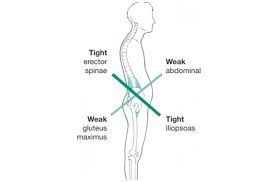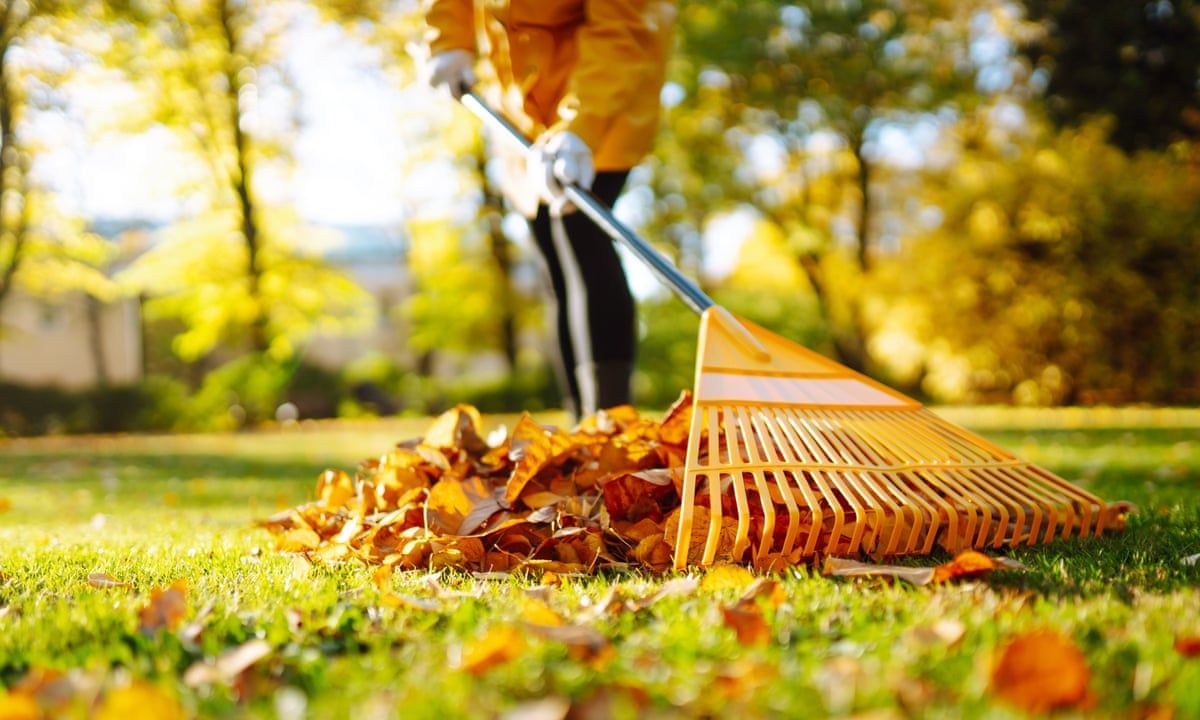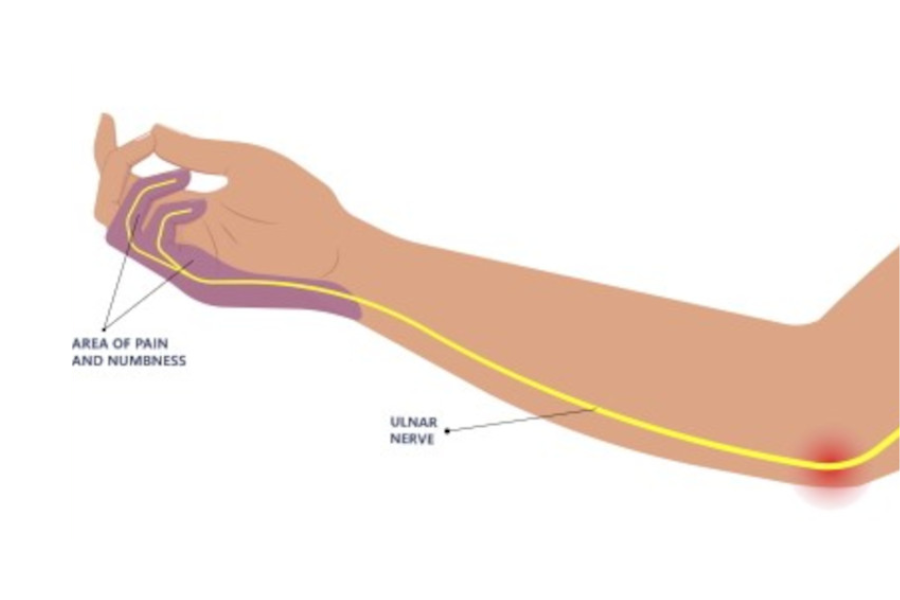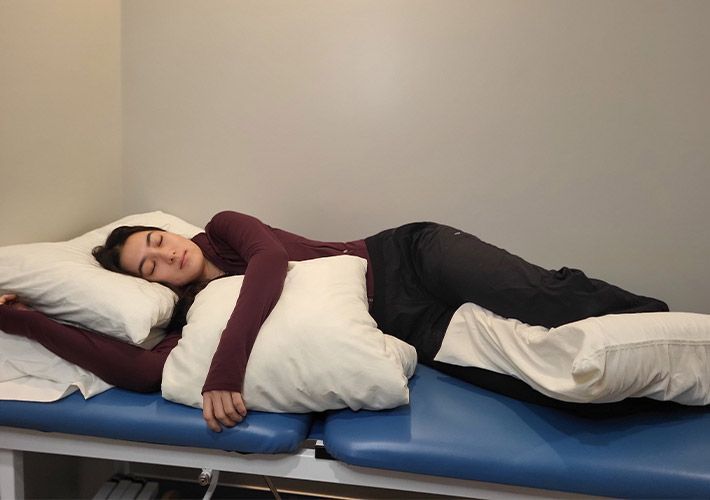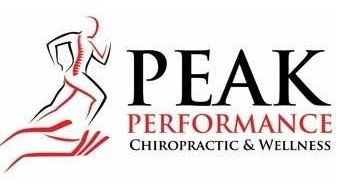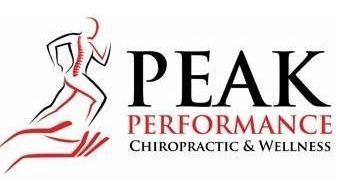Move Better, Feel Better: Why Mobility Matters More Than You Think
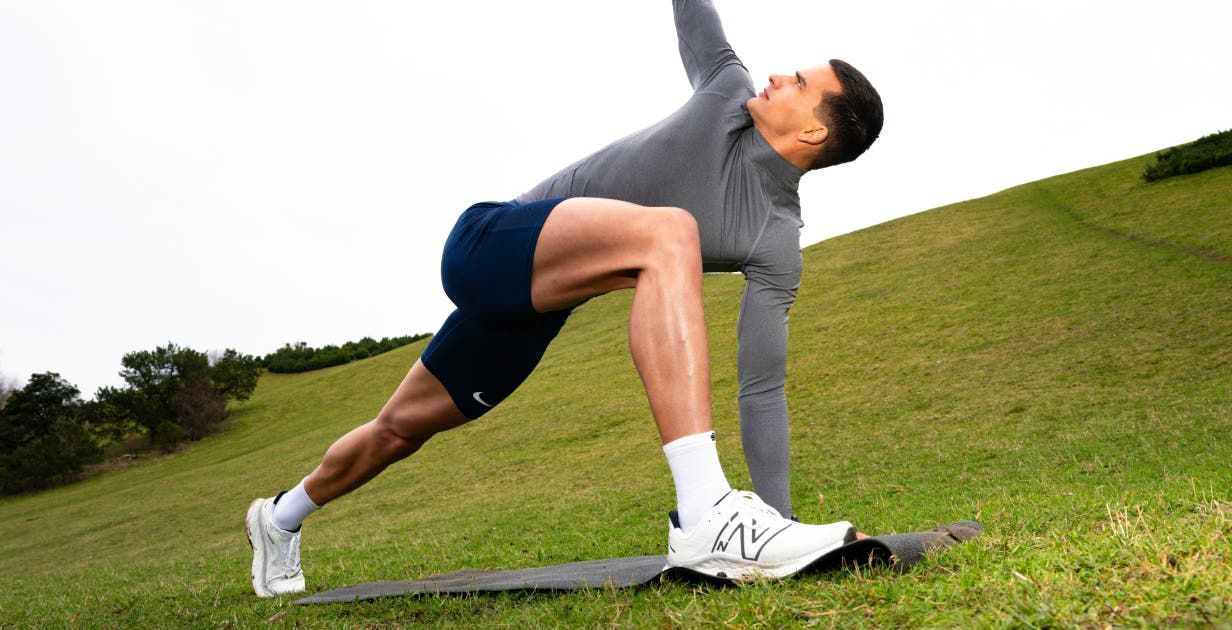
Let’s play a quick game: When you think about staying healthy, what comes to mind? Eating veggies? Getting enough sleep? Maybe strength training or cardio? All great answers — but there’s a key piece many people forget…
Mobility.
Mobility is your body’s ability to move through a joint’s full, controlled range of motion. It supports everything you do — from putting dishes away in a high cabinet to running a 10K to reaching down to tie your shoes without grunting like you’re 95.
When mobility is lacking, your body makes up for it somewhere else — often leading to pain, stiffness, and an increased risk of injury. But here’s the good news: mobility can be improved at any age, and even small doses each day can create massive change.
Let’s dive into why mobility matters, how it’s different from flexibility, and how to easily fit mobility work into your daily routine.
Mobility vs. Flexibility: Are They the Same?
Not quite.
Think of flexibility as passive motion — how far a muscle can stretch with help. For example: pulling your foot up toward your glutes to stretch your quad.
Mobility, on the other hand, is active control of movement. It’s your muscles and joints working together to move on their own. Example: lifting your knee toward your chest without using your hands.
Here’s a simple breakdown:
Flexibility Mobility
Passive Active
Typically muscle-focused Joint + muscle control
Helps reduce stiffness Helps with strength, control, and movement ability
Good for relaxation Essential for function movement
Both flexibility and mobility play important roles, but mobility offers more direct benefits to everyday movement and injury prevention.
Why Mobility Is So Important
✅ Prevents pain and injury
When a joint can’t move the way it should, the body compensates — usually with unwanted stress in the back, hips, or shoulders.
✅ Improves posture and alignment
Mobility helps counteract our modern lifestyle (hello, desk jobs and smartphones).
✅ Boosts athletic performance
Better range of motion = more power, better form, happier joints.
✅ Enhances daily life
Climbing stairs, carrying groceries, gardening — everything feels easier when the body moves freely.
✅ Supports aging well
Maintaining mobility keeps independence high and fall risk low as we get older.
In short — mobility is like WD-40 for your joints.
How to Add Mobility to Your Day
You do not need a 60-minute workout or a yoga studio membership to keep your joints happy. Try these simple habits to keep mobility front and center:
🕗 Micro-Mobility Breaks
Set a reminder every hour to stand up and move. Try:
- Head turns and neck rolls
- Shoulder circles
- Cat-cow stretch
- Gentle torso rotation
Even 30–60 seconds adds up.
🌅 Morning Routine Mobility
Instead of scrolling on your phone first thing, give your body a wake-up call. A few moves to try:
- Hip openers
- Ankle circles
- Child’s pose to cobra transitions
It improves circulation and helps shake off stiffness.
🚶 Make Movement Fun
Walk the dog. Dance while making dinner. Play pickleball. Motion is lotion — the more movement, the better your mobility stays.
🛌 Pre-Bed Reset
Take 5–10 minutes before bed to unwind your muscles:
- Controlled breathing
- Light stretching
- Slow mobility flows
Better mobility = better sleep positioning = happier mornings.
Full-Body Mobility Exercises You Can Do Anywhere
Here are some chiropractor- and massage therapist-approved favorites to address your most important joints:
1️⃣ Thoracic Spine Rotation (Upper Back Mobility)
Great for desk workers and anyone with that “hunchy shoulders” look.
How to:
- Sit tall or kneel on the floor
- Place one hand behind your head
- Rotate your chest to one side as you open your elbow
- Repeat 10–12 reps each side
Why it helps: Improves posture and reduces neck/shoulder strain.
2️⃣ Hip 90/90 Transitions
Your hips are the powerhouse of your movement — keep them happy!
How to:
- Sit with knees bent 90° in an “L” shape on each side
- Rotate legs side-to-side while keeping your torso tall
- Do 8–10 transitions per side
Why it helps: Improves hip rotation, reducing pressure on the knees and low back.
3️⃣ Controlled Ankle Circles
Ankle mobility = better balance, stronger walking + running mechanics.
How to:
- Point your foot forward and slowly draw circles with your toes
- 5–8 circles each direction
Why it helps: A mobile ankle can prevent foot strain and improve stability.
4️⃣ Scapular Wall Slides
Perfect for shoulder mobility and upper back strengthening.
How to:
- Stand with back against a wall
- Slide arms up and down like making a snow angel
- Keep ribs down and back flat
- 10–12 reps
Why it helps: Supports shoulder health and reduces tension from prolonged sitting.
5️⃣ Cat–Cow Flow
The classic — because it works.
How to:
- On hands and knees, round your spine up (cat)
- Drop your belly as you lift your chest and tailbone (cow)
- Move smoothly for 8–12 reps
Why it helps: Keeps spinal joints moving and muscles active.
How Chiropractic & Massage Fit Into Mobility
Even with the best mobility routine, joints can sometimes get stuck or irritated. That’s where we come in.
Our chiropractors help:
- Improve joint motion and alignment
- Reduce nerve irritation that restricts mobility
- Provide individualized mobility plans based on your needs
And our massage therapists support:
- Relaxing tight muscles that restrict movement
- Increasing blood flow to support better motion
- Restoring tissue health for long-term mobility improvements
Together, chiropractic and massage care help you move better, feel better, and stay active — whether you’re lifting weights, lifting toddlers, or lifting your arms to celebrate a Bills touchdown.
The Bottom Line: Mobility Is Freedom
Your body was made to move — and it thrives when you do. Mobility isn’t just for athletes or gym-goers; it’s the secret to living life without stiffness and discomfort holding you back.
And the best part? Small, consistent habits lead to big change.
If you aren’t sure where to start or you’re dealing with pain that limits movement, we’re here to help. Talk with one of our chiropractic physicians or licensed massage therapists — we’ll help you build a mobility routine that works for your body and your lifestyle.
Bethany Wolcott
D’Youville Chiropractic ‘26



